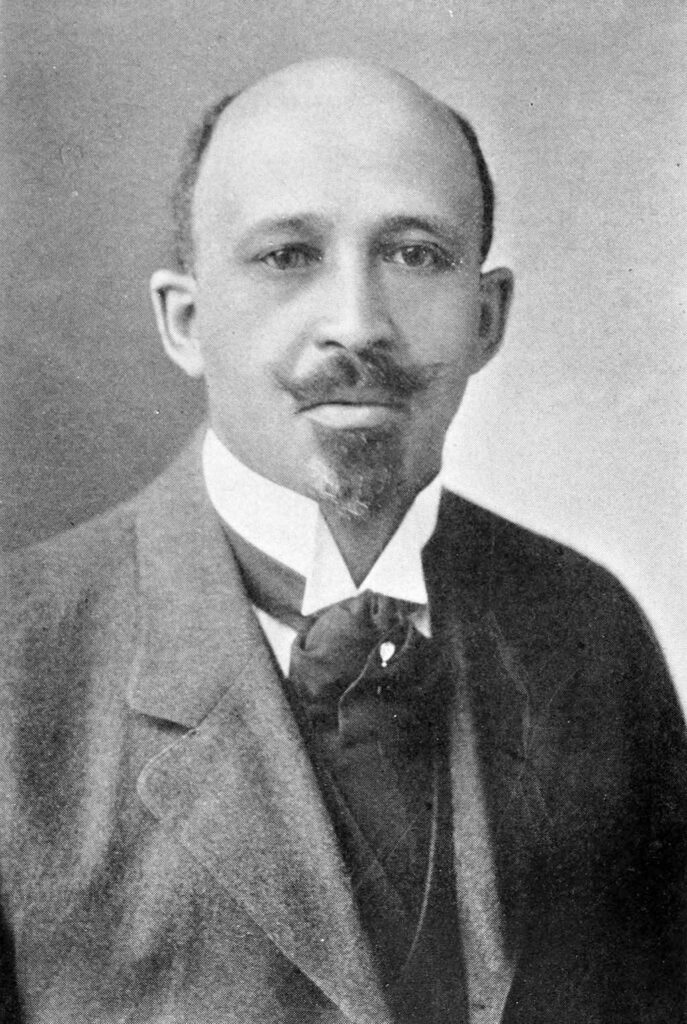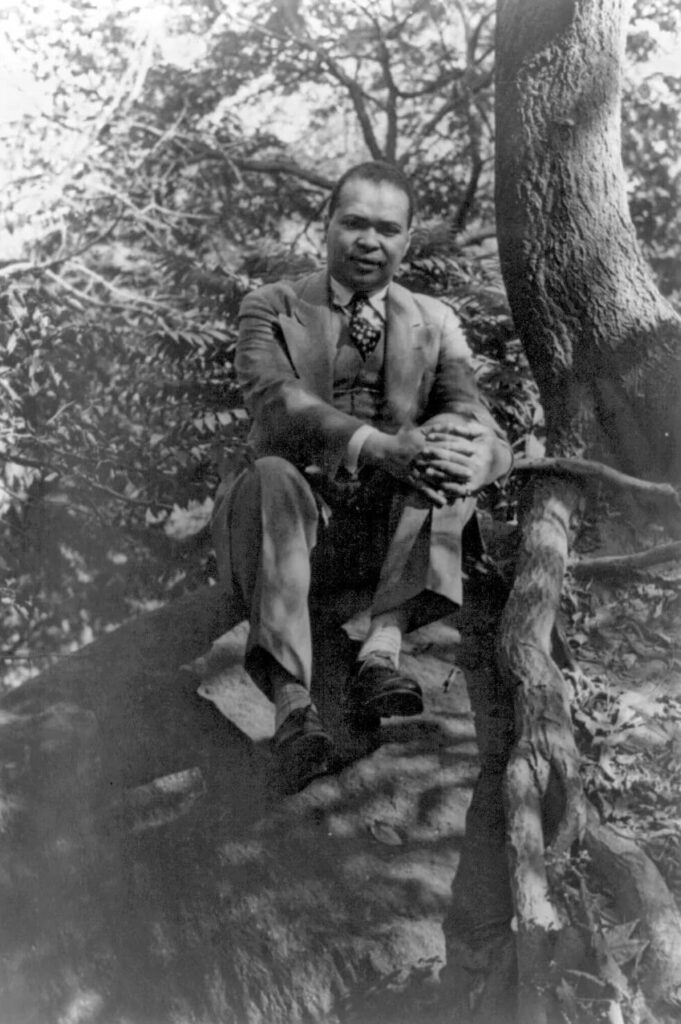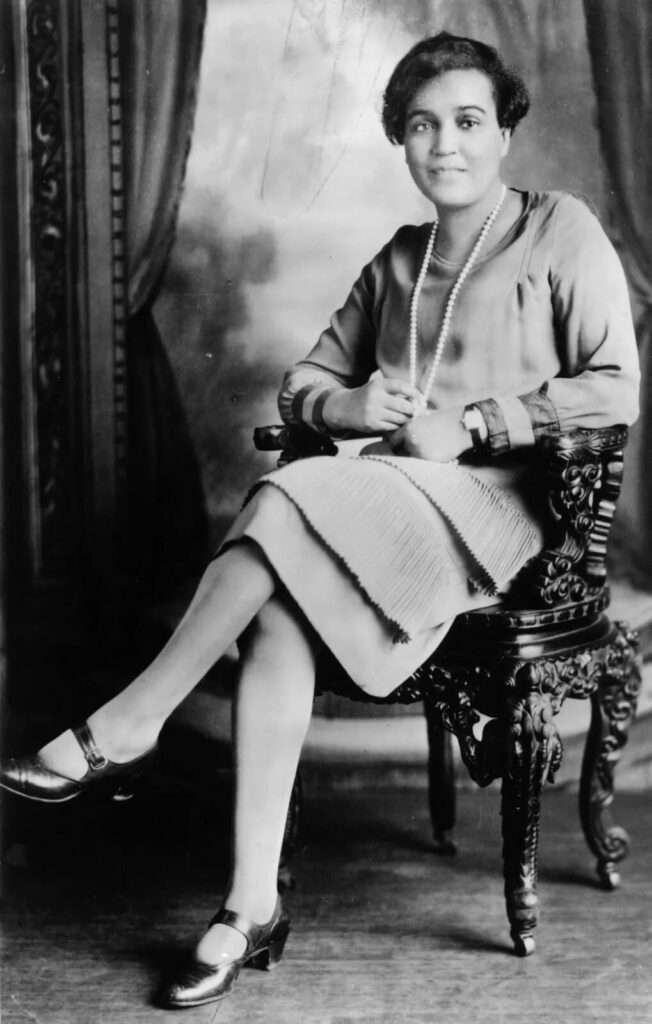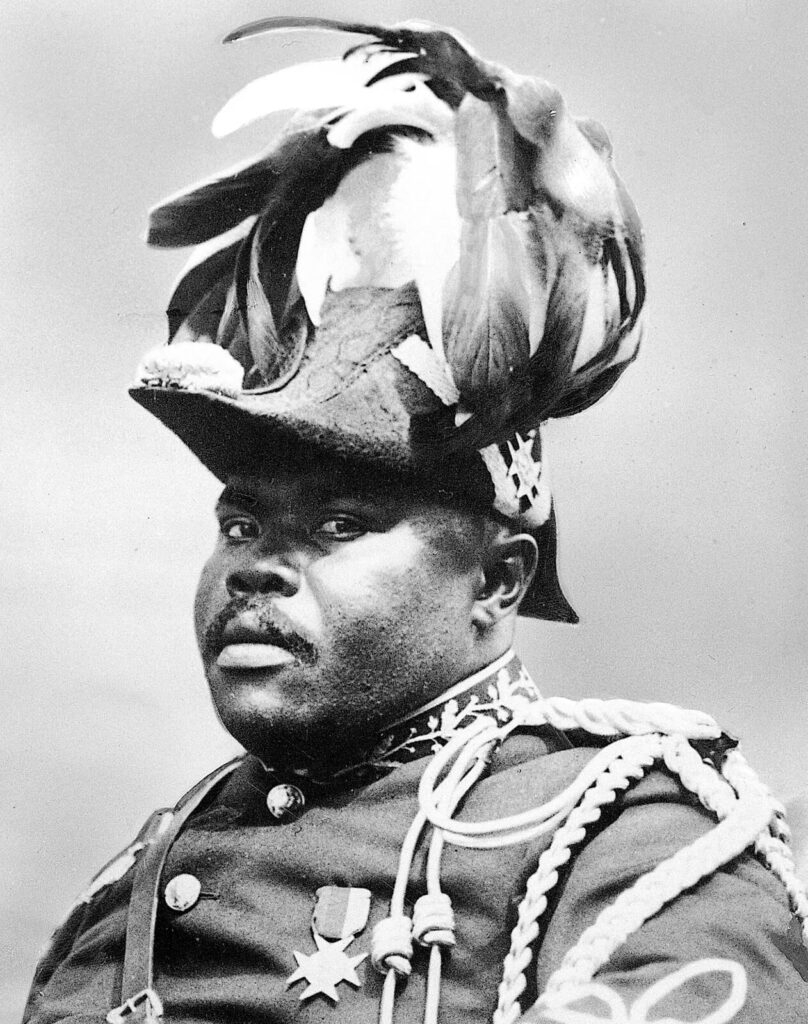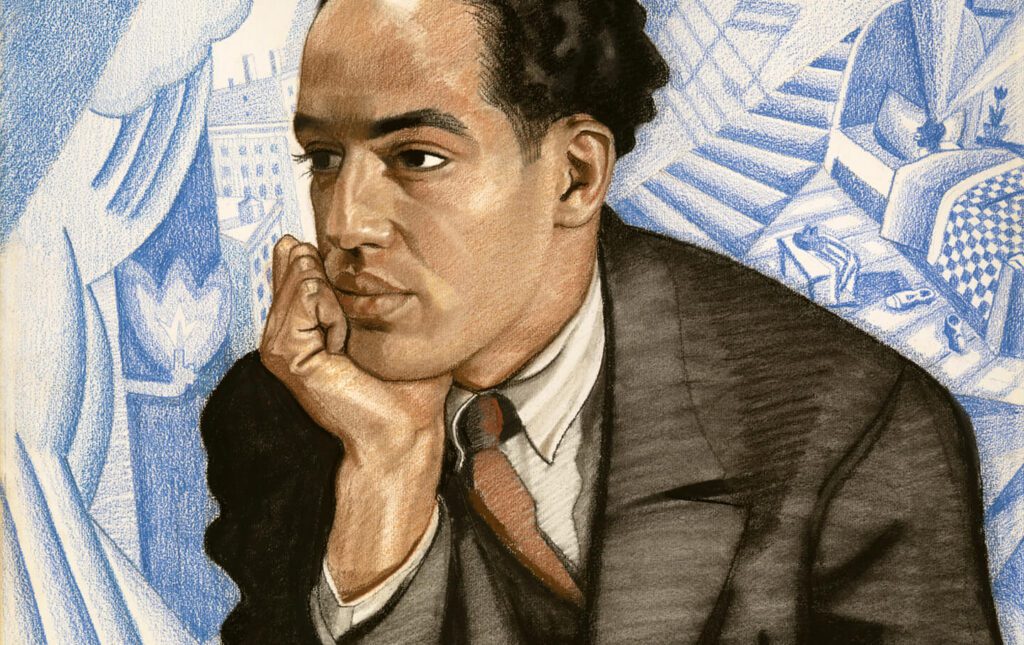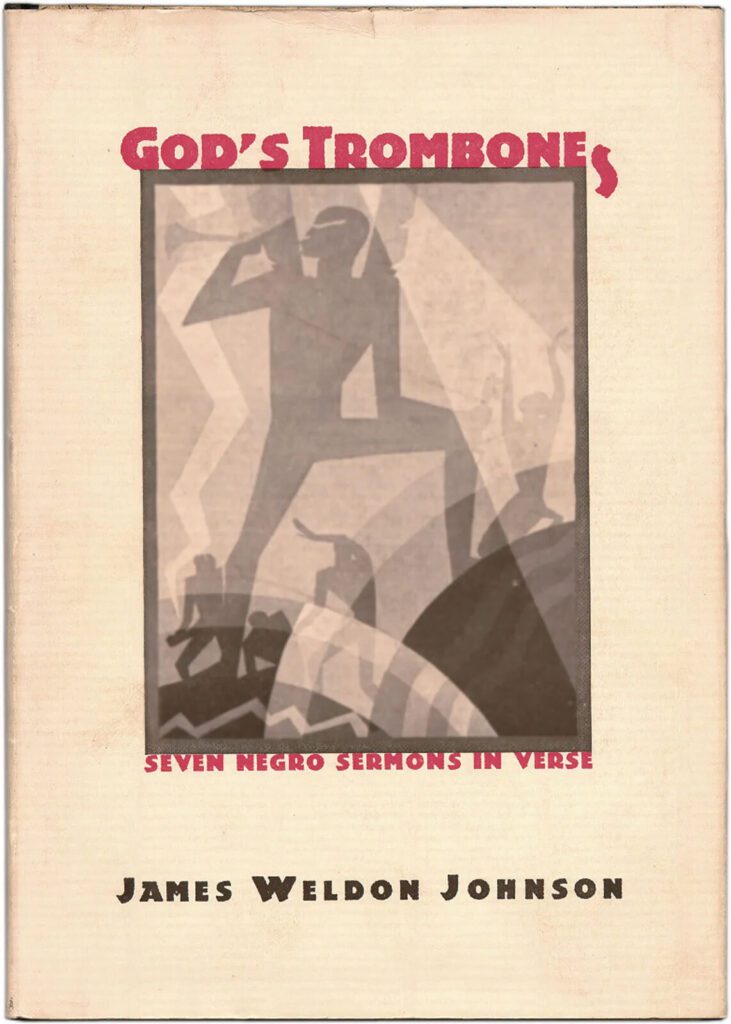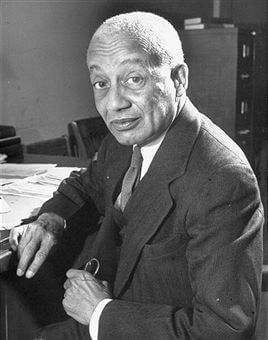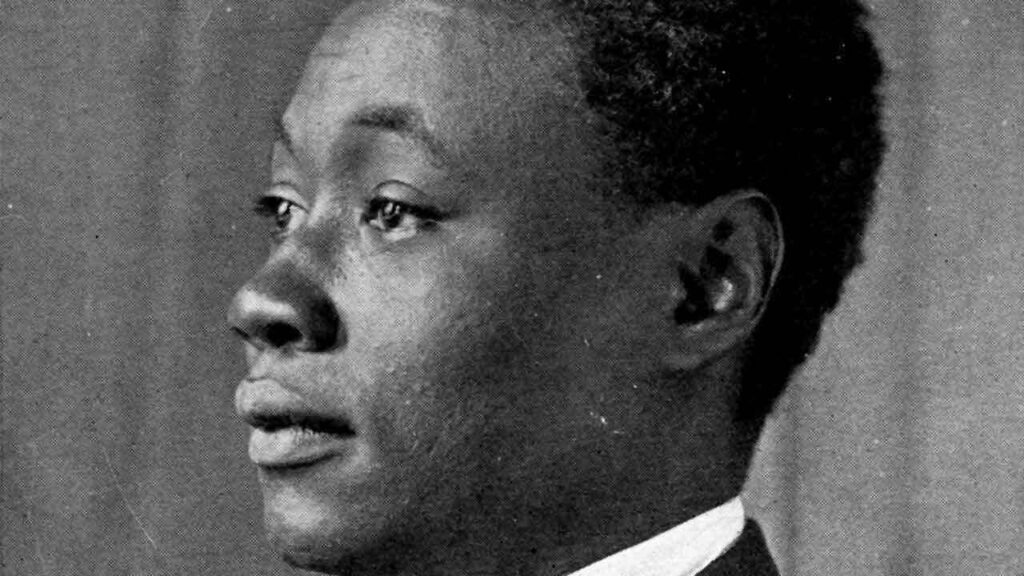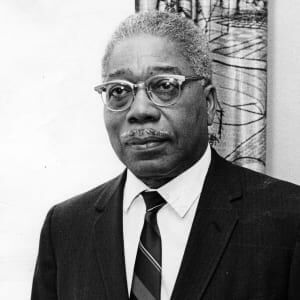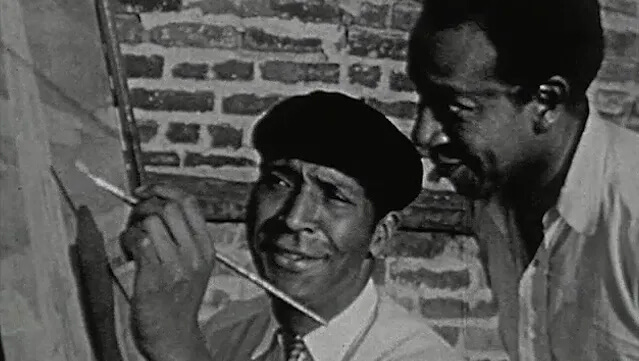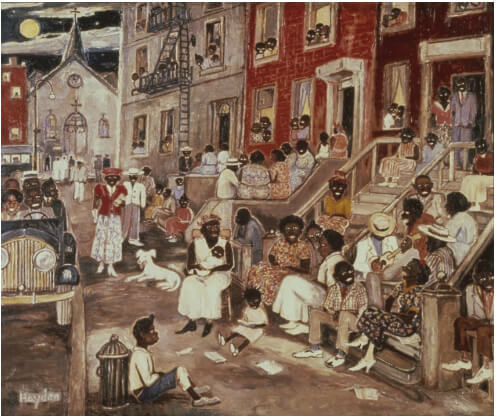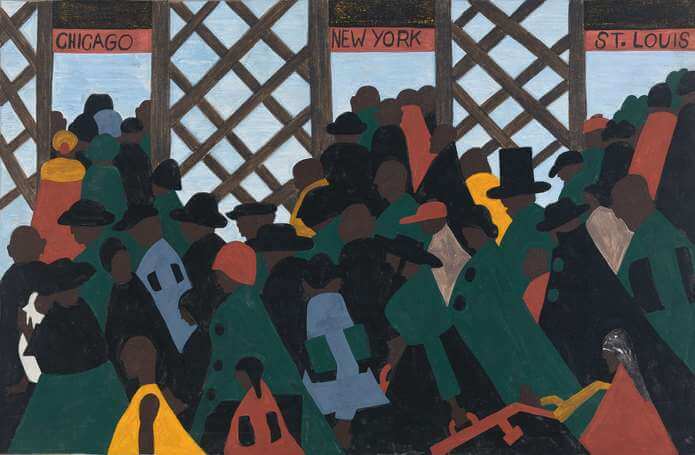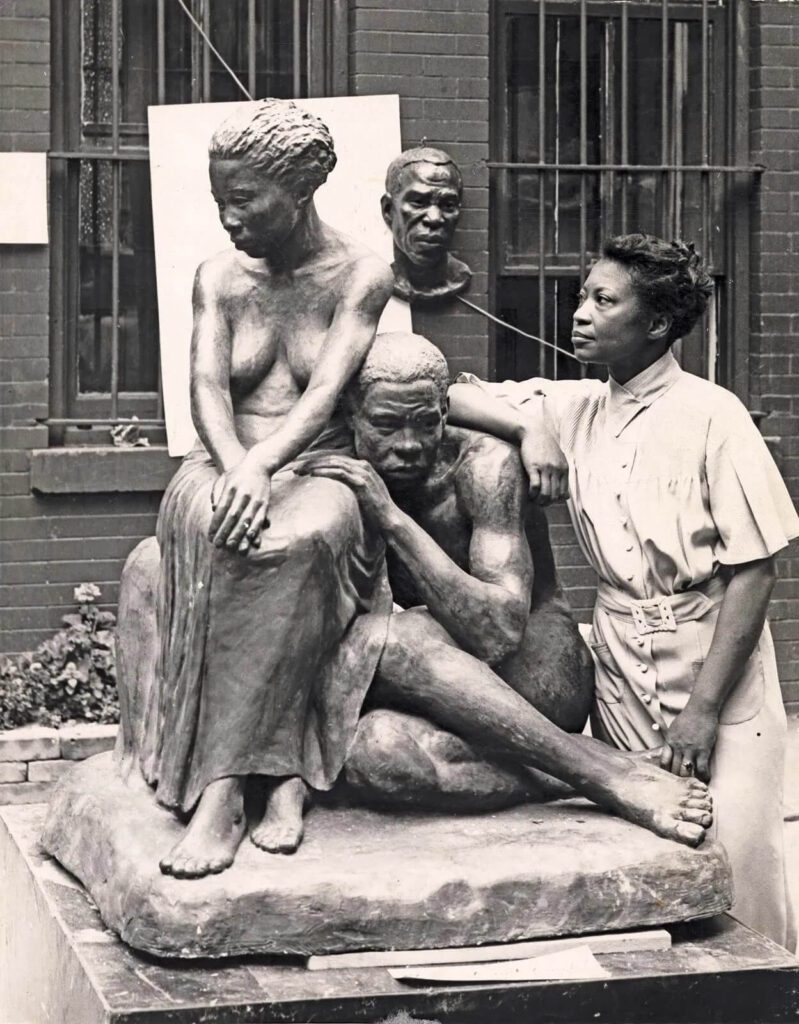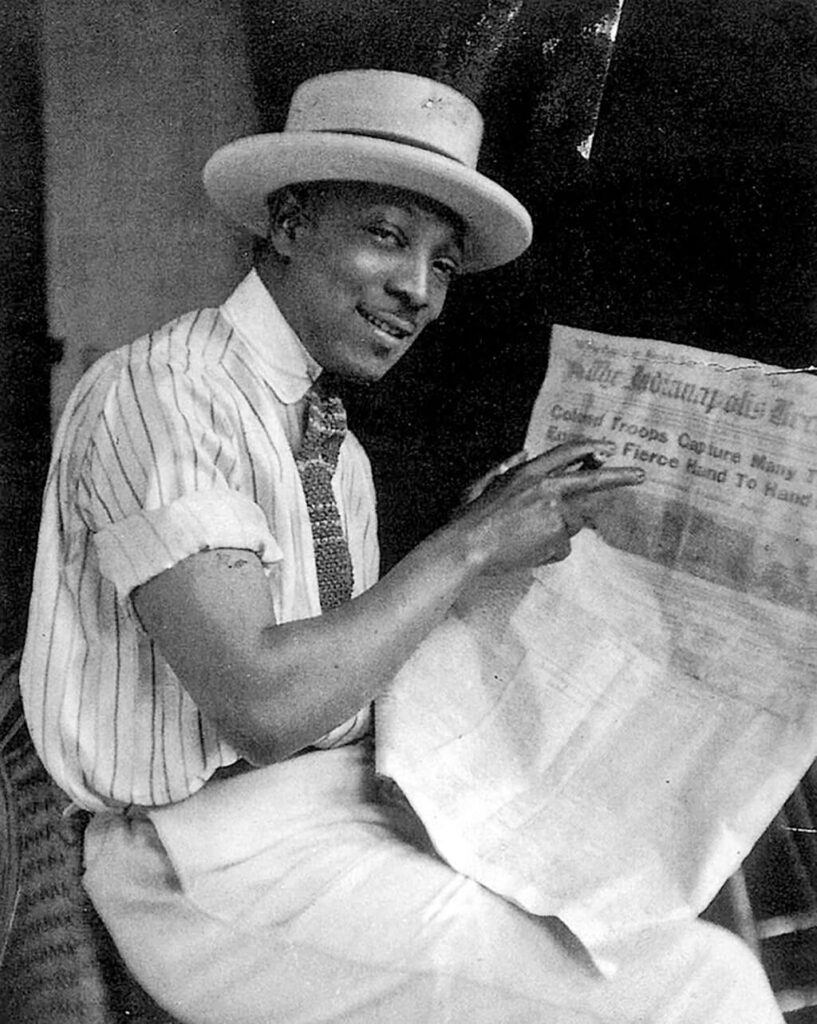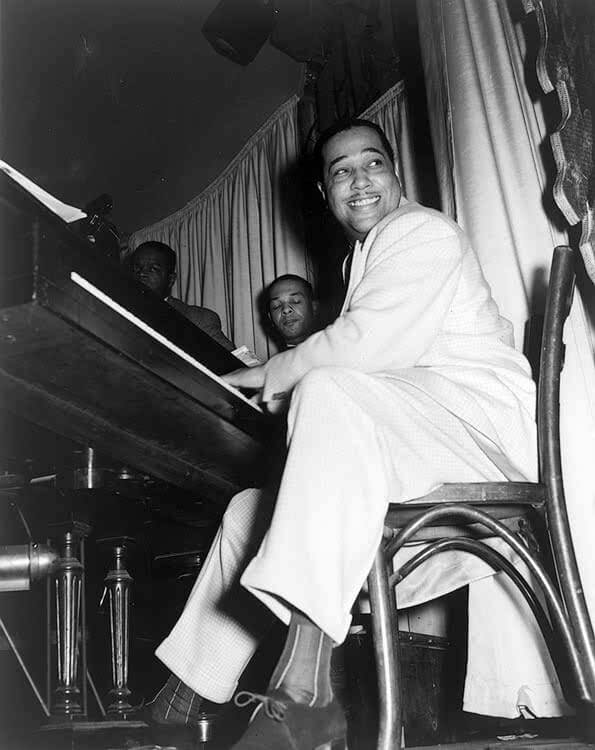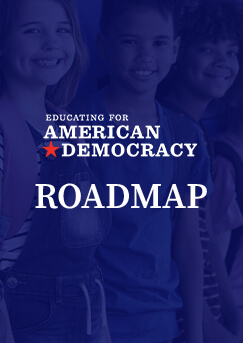The curated resources linked below are an initial sample of the resources coming from a collaborative and rigorous review process with the EAD Content Curation Task Force.
 Reset All
Reset All
This is a fourth grade resource that guides students through the diverse experiences of immigrants that traveled to New York in the mid-nineteenth and early twentieth century. Students will use primary sources to form an argument to answer the question: Did the American Dream come true for immigrants in New York?

The Roadmap




C3 Teachers


Why did Germans immigrate to the Upper Midwest in the late-nineteenth and early-twentieth century? What contributions did they make to the region's cultural heritage? Students use Library of Congress photographs and documents to answer these questions and others while strengthening their German language skills.
The Roadmap




Library of Congress

Students will investigate the time period of the Great Depression through a variety of primary and secondary sources. They will use the Question Formulation Technique (QFT) to generate questions and then investigate primary and secondary sources to gain an understanding of how people, including the government, dealt with the devastation of The Dust Bowl. Students will analyze sources, evaluate information, gather evidence and make claims about the ideas of scarcity, the New Deal, poverty and how farmers dealt with the environmental changes.
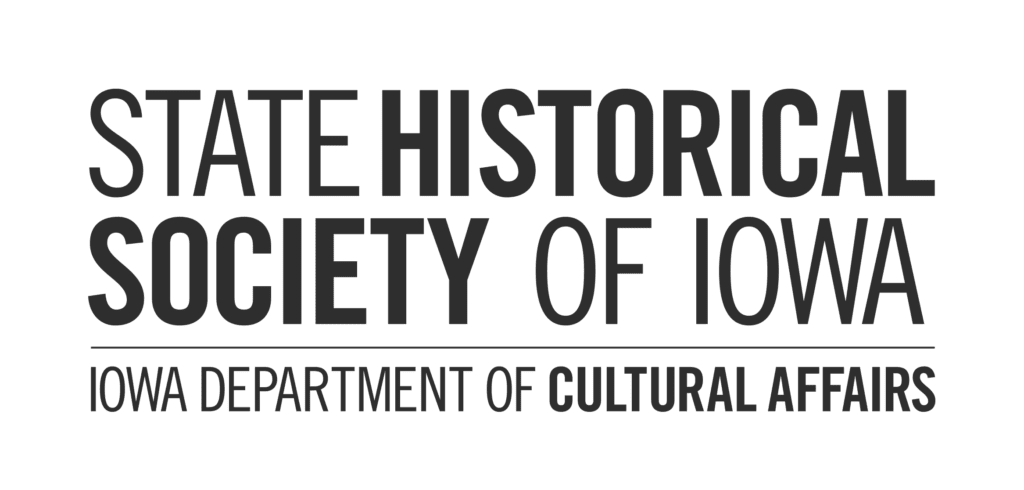
The Roadmap


State Historical Society of Iowa


Students play a game modeled on the classic ‘Tragedy of the Commons’ economic theory to explore the problem of collective action in managing the Earth’s resources. They reflect on the way their short-term self-interest clashes with the long-term interest of the collective. Students identify strategies that will help them to act in the collective interest of the human race and the planet.
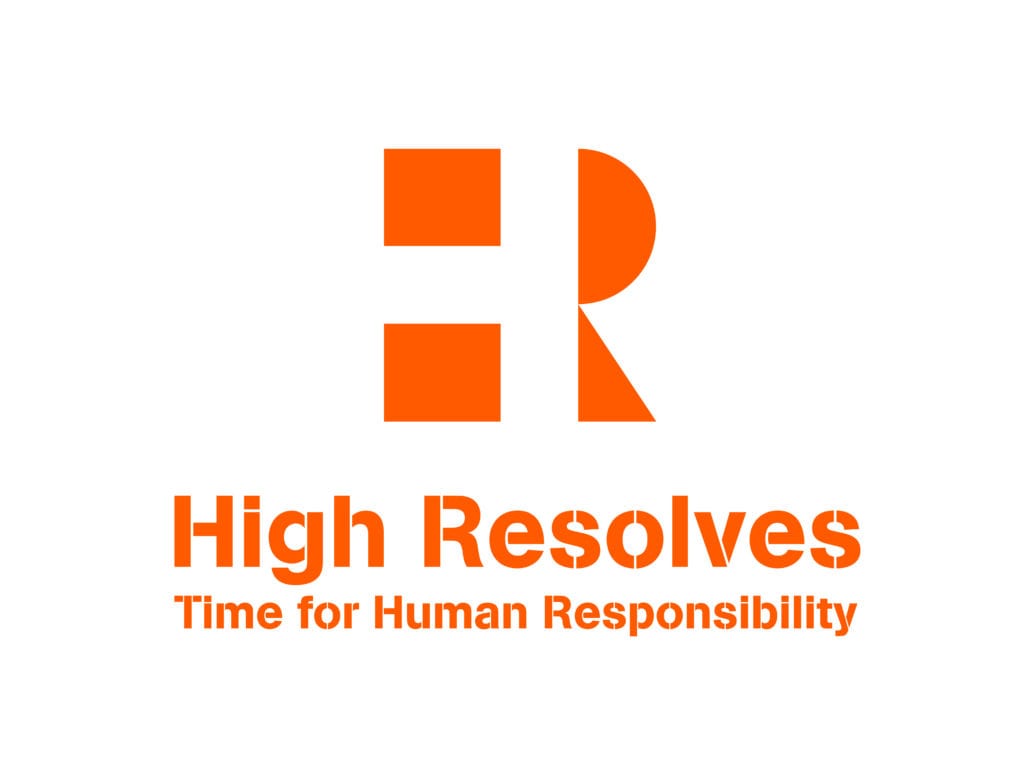
The Roadmap


High Resolves


This DBQuest will walk you through the primary sources that illustrate the interplay between Congress and the executive branch during the negotiation of the Louisiana Purchase in 1803.

The Roadmap




iCivics, Inc.


Many people in Central Florida came from somewhere else. Students first analyze life histories from American Life Histories: Manuscripts from the Federal Writers' Project, 1936-1940 to learn oral history techniques. They then interview and photograph these "transplants" and collect their life stories. In the process, students strengthen their communication skills and learn of the diverse experiences of people who now call Central Florida home.

The Roadmap




The Library of Congress


The following lesson plan and resources are designed to cover part of the 5th grade content standards for the New Deal. It addresses the successes and failures of the Tennessee Valley Authority. This lesson plan does not address the causes and impact of the Great Depression, which will need to be covered prior to this lesson. It also does not cover all the New Deal policies, which will also need to be covered either before or after this lesson.
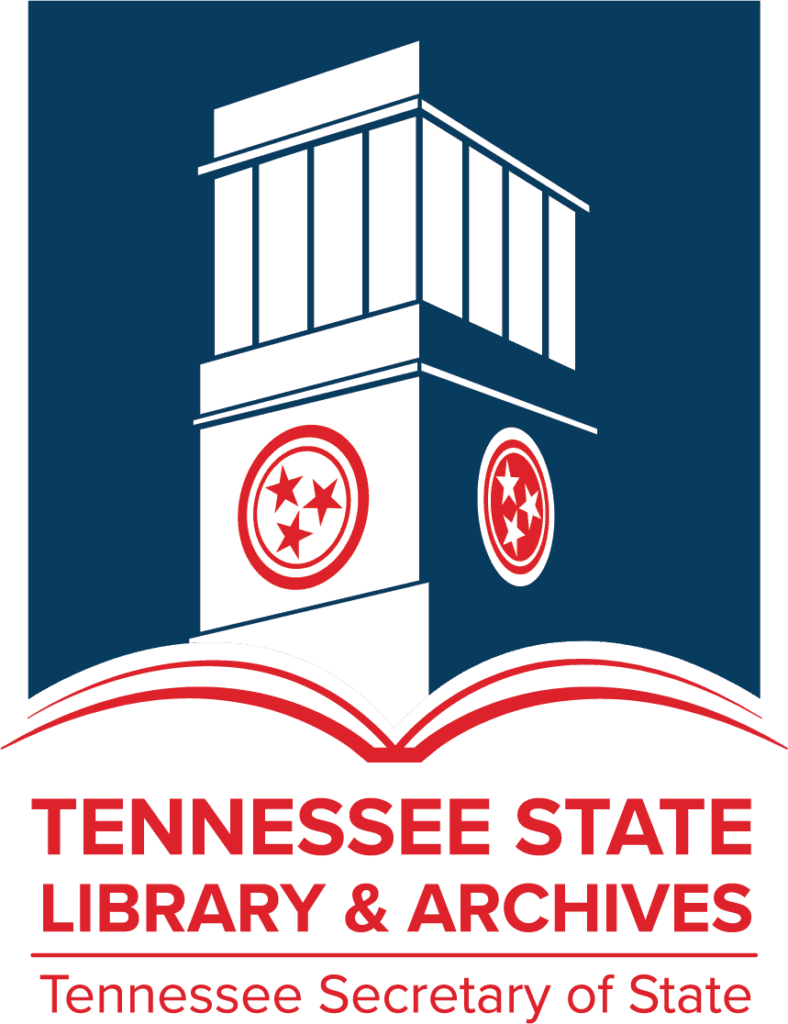
The Roadmap



Tennessee State Library and Archives

The Living History of the Myaamia provides educators with a curriculum for teaching Myaamia (Miami Tribe) history.

The Roadmap




The Myaami Center


This unit helps students learn how archaeologists investigate the ways people lived in the past. The investigation begins by introducing the mystery of ancient seeds that were found by archaeologists. This leads to a study of how archaeologists investigated the mounds found near Minneapolis, Kansas. Students learn what questions the archaeologists asked. They conduct their own investigation of prehistoric agriculture in Kansas. They will practice sorting images found in the student magazine into various categories and reach conclusions about what people ate and the tools they used 5,000 years ago as hunters-gatherers.

The Roadmap




Kansas Historical Society


This lesson begins with the mystery of the bone tool. From this evidence students use primary sources to draw their own conclusions, evaluating the results of in-depth research by archaeologists, historians, ethnographers, and descendants of native peoples. Students are introduced to Virgil Swift, a descendent of the Wichita people. The unit takes students through the step-by-step construction of a grass house, how such a structure was built, from what materials, and by whom. Students complete the unit by learning about the market economy: starting a local business, the benefits and costs of local materials, and building demand through marketing.

The Roadmap



Kansas Historical Society


The Harlem Renaissance was a cultural, economic, social, and political era that advanced the African American community and the rest of American society in myriad ways. Generally understood to stretch from the end of World War I to the 1930s, the Harlem Renaissance spoke to the hearts and minds of Americans from every aspect of life. The black middle class was increasing, and more educational opportunities were available to blacks. African heritage and roots were embraced by the movement’s young writers, artists, and musicians, who found in Harlem a place to express themselves. In addition, the LGBT community was prominent throughout the Harlem Renaissance. The Harlem Renaissance ended in the 1930s after the effects of the Great Depression set in. The economic downturn led to the departure of Harlem's prominent writers. Although the Harlem Renaissance lasted a brief time, it had an enduring influence on later black writers and helped to ease the way for the publication of works by black authors. Many of the artists that emerged from the Harlem Renaissance made a huge impact on the future of Modern Art. Some did not receive the recognition they deserved during their lifetime. However now, many are starting to be recognized for their contribution to American art.
The resources in this spotlight kit are intended for classroom use, and are shared here under a CC-BY-SA license. Teachers, please review the copyright and fair use guidelines.



The Roadmap








































- Primary Resources by GenreEssays and Poems (9)Visual Art (5)Music (6)
- All 20 Primary Resources”For a Lady I Know,” Countee CullenCountee Cullen, Poet/WriterTranscript
For A Lady I Know
by Countee Cullen
She even thinks that up in heaven Her class lies late and snores While poor black cherubs rise at seven To do celestial chores.
Countee Cullen was adopted by a black pioneer activist minister and his wife. He was well-educated, earning his Masters in English and French from Harvard. Cullen won more major literary awards than any other black writer of the 1920s.
Though he wrote on universal themes such as love, religion, and death, Cullen believed in the richness and importance of his African American heritage and deftly applied traditional forms of verse, using melodic meter and rhyme, to African American themes.
CitePrintShareSummers, M. (2007, January 29). Countee Cullen (1903-1946). BlackPast.org. https://www.blackpast.org/african-american-history/cullen-countee-1903-1946-0/
Cullen, Countee, and Paul Valery. “For A Lady I Know poem - Countee Cullen.” Best Poems, https://www.best-poems.net/countee_cullen/for_a_lady_i_know.html. Accessed 3 December 2022.
The Gift of Black Folk (excerpt), W.E.B. DuBoisW. E. B. Du Bois, Writer/ScholarTranscript“The time has not yet come for the great development of American Negro literature. The economic stress is too great and the racial persecution too bitter to allow the leisure and the poise for which literature calls. ‘The Negro in the United States is consuming all his intellectual energy in this gruelling race-struggle.’ …
On the other hand, never in the world has a richer mass of material been accumulated by a people than that which the Negroes possess today and are becoming increasingly conscious of. Slowly but surely they are developing artists of technic [sic] who will be able to use this material. The nation does not notice this for everything touching the Negro has hitherto been banned by magazines and publishers unless it took the form of caricature or bitter attack, or was so thoroughly innocuous as to have no literary flavor. This attitude shows signs of change at last.”
– from The Gift of Black Folk: The Negroes in the Making of America (1924)
William Edward Burghard (W.E.B) Du Bois was a sociologist, educator, and political activist. Educated at Fisk and Harvard Universities, DuBois wrote histories, sociological studies, informed sketches of African American life, and an autobiography. He believed education could end discrimination. DuBois organized the First International Congress of Colored People and was a founder of the NAACP.
CitePrintShareHistory.com Editors. W.E.B. Du Bois. Q. E. Television. (2009). https://www.history.com/topics/black-history/w-e-b-du-bois
Du Bois, W. E. B. (William Edward Burghardt). “The Gift of Black Folk: The Negroes in the Making of America.” The Project Gutenberg EBook of The Gift of Black Folk, by W. E. Burghardt DuBois., 29 Nov. 2022, https://www.gutenberg.org/cache/epub/66398/pg66398-images.html#CHAPTER_VIII.
”Dead Fires,” Jessie Redmon FausetJessie Redmon Fauset, WriterTranscriptDead Fires (1922)
If this is peace, this dead and leaden thing,
Then better far the hateful fret, the sting.
Better the wound forever seeking balm
Than this gray calm!
Is this pain's surcease? Better far the ache,
The long-drawn dreary day, the night's white wake,
Better the choking sigh, the sobbing breath
Than passion's death!
As the literary editor of the NAACP’s Crisis magazine (1919 - 1926), Jessie Redman Fauset was one of three people Langston Hughes credited with “mid-wif{ing} the so-called New Negro literature into being. Kind and critical…they nursed us along until our books were born.” Redmon, among the first African Americans to be graduated (Phi Beta Kappa) from Cornell University, wrote books of her own as well.
CitePrintShareThomas, C. (2021, June 29). Jessie R. Fauset (1882-1961). BlackPast.org.
Fauset, Jessie Redmon. “Dead Fires by Jessie Redmon Fauset - Poems.” Academy of American Poets, https://poets.org/poem/dead-fires. Accessed 3 December 2022.
“The Principles Of The Universal Negro Improvement Association, ” Marcus GarveyMarcus Garvey, Writer/ActivistTranscript“We represent a new line of thought among Negroes. Whether you call it advanced thought or reactionary thought, I do not care. If it is reactionary for people to seek independence in government, then we are reactionary. If it is advanced thought for people to seek liberty and freedom, then we represent the advanced school of thought among the Negroes of this country.”
– (1922) Marcus Garvey, “The Principles Of The Universal Negro Improvement Association”
Marcus Garvey, the promoter of Pan-Africanism and black pride, had a vision of economic independence for his people. Those who followed him were called Garveyites. He was the founder of the Universal Negro Improvement Association, (UNIA) the single largest black organization ever. In the 1920s and 30s, the UNIA had an estimated six million followers around the world.
CitePrintShareSimba, M. (2007, February 05). Marcus Garvey (1887-1940). BlackPast.org. https://www.blackpast.org/global-african-history/garvey-marcus-1887-1940/
“(1922) Marcus Garvey, "The Principles of The Universal Negro Improvement Association" •.” Blackpast, 22 March 2007, https://www.blackpast.org/african-american-history/1922-marcus-garvey-principles-universal-negro-improvement-association/. Accessed 3 December 2022.
”I, Too,” Langston HughesLangston Hughes, Poet/WriterTranscriptI, Too (1926)
I, too, sing America.I am the darker brother.
They send me to eat in the kitchen
When company comes,
But I laugh,
And eat well,
And grow strong.
Tomorrow,
I'll be at the table
When company comes.
Nobody'll dare
Say to me,
“Eat in the kitchen,”
Then.
Besides,
They'll see how beautiful I am
And be ashamed—
I, too, am America.
Langston Hughes was known as the “Poet Laureate of Harlem.” One of the first African Americans to support himself solely as a writer. Hughes blended the sounds of jazz into his poetry. He focused on the need for artistic independence and racial pride.
CitePrintShareSummers, contributed by: Martin. “Langston Hughes (1902-1967)” 2 Feb. 2020, https://www.blackpast.org/african-american-history/hughes-langston-1902-1967/.
Letter to Countee Cullen, Zora Neale HurstonZora Neale Hurston, WriterTranscript“I have the nerve to walk my own way, however hard, in my search for reality, rather than climb upon the rattling wagon of wishful illusions."
- Letter from Zora Neale Hurston to Countee Cullen
Zora Neale Hurston was a brilliant, multifaceted chronicler of African American life as she saw it. Her dominant influence was her hometown of Eatonville, Florida, the first incorporated all-black township in the United States. Ms. Hurston grew up there independent and self-reliant, her imagination fired by the rich oral traditions of the rural African American South and her sense of self undistorted by prejudice. She later pursued field studies of southern black folklore that would be documented in her book Mules and Men (1935) and would permeate much of her best fiction.
CitePrintSharePatterson, T. (2007, January 29). Zora Neale Hurston (1891-1960). BlackPast.org. https://www.blackpast.org/african-american-history/hurston-zora-neale-1891-1960/
”Harlem: the Culture Capital,” James Weldon JohnsonJames Weldon Johnson, WriterTranscript“To my mind, Harlem is more than a Negro community; it is a large scale laboratory experiment in the race problem. The statement has often been made that if Negroes were transported to the North in large numbers the race problem with all of its acuteness and with new aspects would be transferred with them. Well, 175,000 Negroes live closely together in Harlem, in the heart of New York – 75,000 more than live in any Southern City – and do so without any race friction…New York guarantees its Negro citizens the fundamental rights of American citizenship and protects them in the exercise of those rights. In return the Negro loves New York and is proud of it, and contributes in his way to its greatness. He still meets with discriminations, but possessing the basic rights, he knows that these discriminations will be abolished.
I believe that the Negro’s advantages and opportunities are greater in Harlem than in any other place in the country, and that Harlem will become the intellectual, the cultural and the financial center for Negroes of the United States, and will exert a vital influence upon all Negro peoples.”
– from “Harlem: the Culture Capital” in The New Negro (Alain Locke, ed.)
James Weldon Johnson was a poet (God’s Trombones) and an influential anthologist (The Book of American Negro Poetry). The Autobiography of an Ex-Colored Man, his only novel and perhaps his best-known literary work, was first published in 1912, four years before he became field secretary of the NAACP. Over the next sixteen years, Johnson expanded NAACP membership and coordinated its programs, resigning, and finally accepting a professorship at Fisk University. He continued to write poetry, essays, and magazine articles throughout all those years, as well as the historical study of Black Manhattan and his autobiography, Along this Way.
CitePrintShareBritannica, T. Editors of Encyclopaedia (2021, June 22). James Weldon Johnson. Encyclopedia Britannica. https://www.britannica.com/biography/James-Weldon-Johnson
Johnson, James Weldon. “Harlem: the Culture Capital.” The New Negro, Atheneum, 1968.
”Enter the New Negro,” Alain LockeAlain Locke, Writer/EducatorTranscript“With this renewed self-respect and self-dependence, the life of the Negro community is bound to enter a new dynamic phase, the buoyancy from within compensating for whatever pressure there may be of conditions from without. The migrant masses, shifting from countryside to city, hurdle several generations of experience at a leap, but more important, the same thing happens spiritually in the lifeattitudes and self-expression of the Young Negro, in his poetry, his art, his education and his new outlook, with the additional advantage, of course, of the poise and greater certainty of knowing what it is all about. From this comes the promise and warrant of a new leadership.”
–From “Enter the New Negro” Survey Graphic, March 1925: Harlem: Mecca of the New Negro
Alain Locke is referred to as the “Father of the Harlem Renaissance.” Locke’s book The New Negro made him the leader and principal spokesman of the “New Negro Movement, “ which he encouraged through numerous essays and art and literary reviews. He also was deeply involved in efforts to help African-American artists and writers- including Langston Hughes, Zora Neale Hurston, Aaron Douglas, and Richmond Barthe-find financial support.
CitePrintShareWatson, E. (2007, January 18). Alain Locke (1886-1954). BlackPast.org. https://www.blackpast.org/african-american-history/locke-alain-1886-1954/
Reiss, Winold. “"Enter the New Negro," Survey Graphic, March 1925, Alain Locke.” National Humanities Center, http://nationalhumanitiescenter.org/pds/maai3/migrations/text8/lockenewnegro.pdf. Accessed 3 December 2022.
”America,” Claude McKayClaude McKay, Poet/WriterTranscriptAmerica
BY CLAUDE MCKAY
Although she feeds me bread of bitterness,
And sinks into my throat her tiger’s tooth,
Stealing my breath of life, I will confess
I love this cultured hell that tests my youth.
Her vigor flows like tides into my blood,
Giving me strength erect against her hate,
Her bigness sweeps my being like a flood.
Yet, as a rebel fronts a king in state,
I stand within her walls with not a shred
Of terror, malice, not a word of jeer.
Darkly I gaze into the days ahead,
And see her might and granite wonders there,
Beneath the touch of Time’s unerring hand,
Like priceless treasures sinking in the sand.
– "America" from Liberator (1921).
Source: Liberator (The Library of America, 1921)
Claude McKay was born in Jamaica on September 15, 1889. In 1920, he published Spring in New Hampshire in England. Many of the poems from Spring in New Hampshire were used in his Harlem Shadows (published 1922, in New York). Harlem Shadows showcased a new African American voice. It was bold and angry. It discussed the racial prejudices that McKay experienced when he arrived in America.
CitePrintShareSamuels, W. (2007, January 19). Claude McKay (1889-1948). BlackPast.org. https://www.blackpast.org/african-american-history/mckay-claude-1889-1948/
McKay, Claude, and Becca Klaver. “America by Claude McKay.” Poetry Foundation, 4 July 2022, https://www.poetryfoundation.org/poems/44691/america-56d223e1ac025. Accessed 27 November 2022.
”Aspiration,” Aaron DouglasAaron Douglas’ work focused on social issues in the United States, like segregation. Douglas often references history in his work. Douglas examines slavery, African heritage, and the future of society. Douglas’ paintings often symbolized the history and struggle of the African American community. Douglas’ paintings included monochromatic color, silhouetted figures, and geometric forms.
CitePrintShareJohnson, T. (2007, January 17). Aaron Douglas (1898-1979). BlackPast.org. https://www.blackpast.org/african-american-history/douglas-aaron-1898-1979/
Douglas, Aaron. “Aspiration by Aaron Douglas.” Obelisk Art History, https://arthistoryproject.com/artists/aaron-douglas/aspiration/. Accessed 27 November 2022.
”Midsummer Night in Harlem,” Palmer HaydenPalmer Hayden was an extremely talented painter. Early in his career, he focused mostly on landscapes. In 1927, he moved to Paris and grew greatly as an artist. In 1932, he returned to the U.S. and changed his focus to small-town African Americans. He has been criticized for perpetuating stereotypes of African American physical features.
CitePrintShareBlumberg, N. (2022, February 14). Palmer Hayden. Encyclopedia Britannica. https://www.britannica.com/biography/Palmer-Hayden
ADAMS, DERRICK. “PALMER C. HAYDEN – WEST HARLEM ART FUND.” West Harlem Art Fund, 24 January 2019, https://westharlem.art/2019/01/24/palmer-c-hayden/. Accessed 27 November 2022.
”The Migration of the Negro,” Jacob LawrenceAs a teenager, Jacob Lawrence took art classes at the Uptown Art Laboratory, finding mentors in Harlem Renaissance artists Charles Alston and Augusta Savage. Lawrence explored issues central to African American history and daily life. Lawrence created The Migration Series based on the Great Migration.
Lawrence studied at the Schomburg Library and eventually gained employment as a painter for the Federal Art Project.
CitePrintShareThomas, B. (2007, January 21). Jacob Lawrence & Gwendolyn Knight. BlackPast.org. https://www.blackpast.org/african-american-history/people-african-american-history/lawrence-jacob-1917-2000-lawrence-gwendolyn-knight-1913-2005/
Grim, Ruth, and Gary R. Libby. “Jacob Lawrence and the Harlem Renaissance.” Museum of Arts & Science, 6 February 2019, https://www.moas.org/Jacob-Lawrence-and-the-Harlem-Renaissance-1-57.html. Accessed 3 December 2022.
”Realization,” Augusta SavageAugusta Savage with her sculpture Realization, circa 1938.Augustus Savage was recognized on the Harlem scene after being commissioned to sculpt the bust of W.E.B. Dubois. She won a scholarship to Academie de la Grande Chaumiere in Paris. Savage opened the largest free art program in Harlem, and students like Jacob Lawerence attended Savage School of Arts.
CitePrintShareAndrew Herman. Augusta Savage with her sculpture Realization, circa 1938. Federal Art Project, Photographic Division collection, circa 1920-1965. Archives of American Art, Smithsonian Institution.
https://www.si.edu/object/augusta-savage-her-sculpture-realization:AAADCD_item_2371
”Evening Attire,” James VanDerZeeJames VanDerZee became interested in photography as a teenager. He told the history of African Americans with his photographs. He is noted for documenting African American middle-class life in Harlem. He documented the work of Marcus Garvey in 1924, and in 1969, his work was a part of the Harlem on My Mind exhibition at the New York Metropolitan Museum of Art.
CitePrintShareWatson, contributed by: Elwood. James Van Der Zee (1886-1983), 15 July 2019, https://www.blackpast.org/african-american-history/van-der-zee-james-1886-1983/.
“James VanDerZee | Smithsonian American Art Museum.” Smithsonian American Art Museum, https://americanart.si.edu/artist/james-vanderzee-6593. Accessed 27 November 2022.
”What a Wonderful World,” Louis ArmstrongLouis Armstrong, MusicianLouis Daniel Armstrong Is one of the foremost jazz trumpeters in American music. Born in poverty, Armstrong was raised by his grandmother in New Orleans, a city known for its bands and jazz musicians. After 1931, Louis Armstrong became the best-known jazz musician in the world. He toured Europe several times and appeared in a number of movies.
CitePrintShareButler, G. (2007, July 17). Louis Armstrong (1901-1971). BlackPast.org. https://www.blackpast.org/african-american-history/armstrong-louis-daniel-1901-1971/
”Jumpin’ Jive,” Cab CallowayCab Calloway, MusicianCab Calloway was an energetic bandleader who took the Cotton Club by storm. He appeared in several movies and radio broadcasts. Mr. Calloway was awarded the Nation Medal of Arts by President Bill Clinton in 1993.
CitePrintShareErickson, S. (2008, June 14). Cab Calloway (1907-1994). BlackPast.org. htt/african-american-historyps://www.blackpast.org/calloway-cab-1907-1994/
”Take the ‘A’ Train,” Edward “Duke” EllingtonEdward “Duke” Ellington, Singer/ BandLeaderComposer, pianist, and bandleader Edward Kennedy “Duke” Ellington was one of the great innovators of modern American music, taking big-band jazz into realms of harmony, form, and tonal color. Though ever seeking to grow and expand as a musician, Ellington seldom strayed from the heart of the matter: “If it sounds good,” he said, “it is good.” One of Ellington’s signature songs, “Take the ‘A’ Train” refers to a New York subway line and pays homage to Harlem, its destination.
CitePrintShareButler, G. (2007, May 19). Edward “Duke” Ellington (1899-1974). BlackPast.org. https://www.blackpast.org/african-american-history/ellington-edward-duke-1899-1974/
”Strange Fruit,” Billie HolidayBillie Holiday, SingerBorn in 1915, Billie Holiday became one of the most influential jazz singers of her time. Holiday was discovered at the age of 18, singing in a nightclub in Harlem. One of her most famous songs, “Strange Fruit,” was banned by many radio stations when it debuted; the song tells the story of the lynching of African Americans. Drug addiction affected both her career and her personal life, and it led to her untimely death in 1959.
CitePrintShareButler, G. (2007, June 16). Billie Holiday (1915-1959). BlackPast.org. https://www.blackpast.org/african-american-history/holliday-billie-1915-1959
”Deep Moaning Blues,” Gertrude “Ma” RaineyGertrude “Ma” Rainey, Singer/Entertainer“Ma” Rainey was known as the Mother of the Blues; she was the first woman to introduce blues in her performances, and she established her own entertainment company in 1917.
CitePrintShareBrandman, Mariana. “Gertrude ‘Ma’ Rainey.” National Women’s History Museum. 2021. https://www.womenshistory.org/education-resources/biographies/gertrude-ma-rainey
”St. Louis Blues,” Bessie SmithBessie Smith, SingerThe 1920s in America were a golden age of the powerful blueswoman. At the pinnacle stood Bessie Smith, whose personal and musical power pushed the boundaries of both female and African American expression for a new mass audience.
CitePrintShareJackson, E. (2011, January 08). Bessie Smith (1894-1937). BlackPast.org. https://www.blackpast.org/african-american-history/bessie-smith-1894-1937/
Education for American Democracy


In this exercise, students will have the opportunity to examine artworks that are more than a century and a half old, approaching them not only as an artist’s perspective, but also as primary, historical documents that reveal clues about the time period of U.S.-Indian treaties in the Pacific Northwest.
The Roadmap




